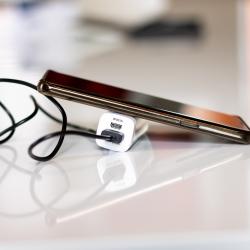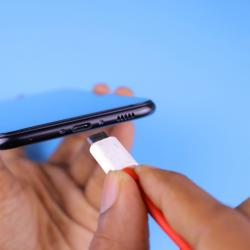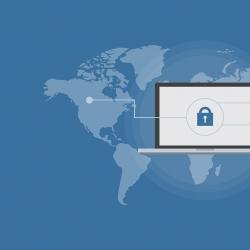The Risks of Public Charging Stations and How to Stay Safe
Our smartphones and laptops have become indispensable tools in both our professional and personal lives. As such, public charging stations have become a ubiquitous and convenient option for users needing a quick power boost. Found in airports, cafes, hotels, and shopping malls, these stations offer a lifeline to the frequently power-hungry devices. However, with convenience comes potential risks that users should not overlook. This article explores the risks associated with public charging stations and provides tips on how to stay safe while charging your devices on the go.
The Risks of Public Charging Stations
1. Juice Jacking
One of the most concerning risks associated with public charging stations is "juice jacking." This term refers to a type of cyberattack where a compromised charging station installs malware on a device or steals information through the USB connection. USB ports can transmit both power and data, making them potential conduits for malicious software or data interception. Once the malware is transmitted, it can cause serious damage by accessing sensitive data such as passwords, banking details, or personal photos.
2. Data Theft
Some public charging stations, especially those with USB ports, can be rigged to extract data from your devices without your knowledge. This might occur at poorly monitored locations where cybercriminals can tamper with the charging port to access your device's storage and transfer data to them. Data theft can lead to identity theft and other serious consequences.
3. Unstable Power Supply
Not all public charging stations are created equal. Some might provide a power supply that is not consistent or is of poor quality, which can potentially damage your device in the long run. Frequent exposure to an unstable power supply may diminish battery life or fry the internal components of your device.
How to Stay Safe
Despite these risks, it is possible to use public charging stations without compromising the safety of your devices. Here are some tips to help protect your data and device health:
1. Use a Power-Only USB Cable
A power-only USB cable is designed to provide power without transmitting data. By using this specific type of cable, you can safely charge your device without the risk of data transfer between your device and the charging station.
2. Employ USB Data Blockers
USB data blockers, also known as "USB condoms," are small devices that connect between your USB cable and the charging station. They physically block data transfer options, allowing only electrical current to pass through and charge your device. This prevents any data theft or malware installation attempts.
3. Opt for Power Outlets
When possible, use your own charger plugged into a standard electrical outlet instead of a public USB port. Directly plugging into a power outlet minimizes the risk associated with USB ports, as it completely cuts off data lines.
4. Carry a Portable Power Bank
Invest in a quality portable power bank to eliminate the need for public charging altogether. By having your own reliable charging solution at hand, you can recharge your devices anywhere without the risks associated with public stations.
5. Keep Your Device's Software Updated
Make sure your device’s operating system and software are up-to-date. Regular updates often contain security patches that protect against the latest vulnerabilities that cybercriminals might exploit.
6. Monitor Your Device's Behavior
If you notice unusual behavior, such as apps opening without your prompt or rapid battery drain, perform a security check and run a mobile antivirus scan. Such changes may be indicative of malware infections or data theft efforts.
Conclusion
While public charging stations offer a convenient solution to low battery situations, they do come with inherent risks. By taking appropriate precautions, users can mitigate these risks and use public charging stations with greater peace of mind. Being aware of the potential dangers and employing strategies such as using power-only cables, USB data blockers, and carrying portable power banks can go a long way in safeguarding your devices and the sensitive data they hold. Stay informed, stay cautious, and most importantly, stay connected securely.






















